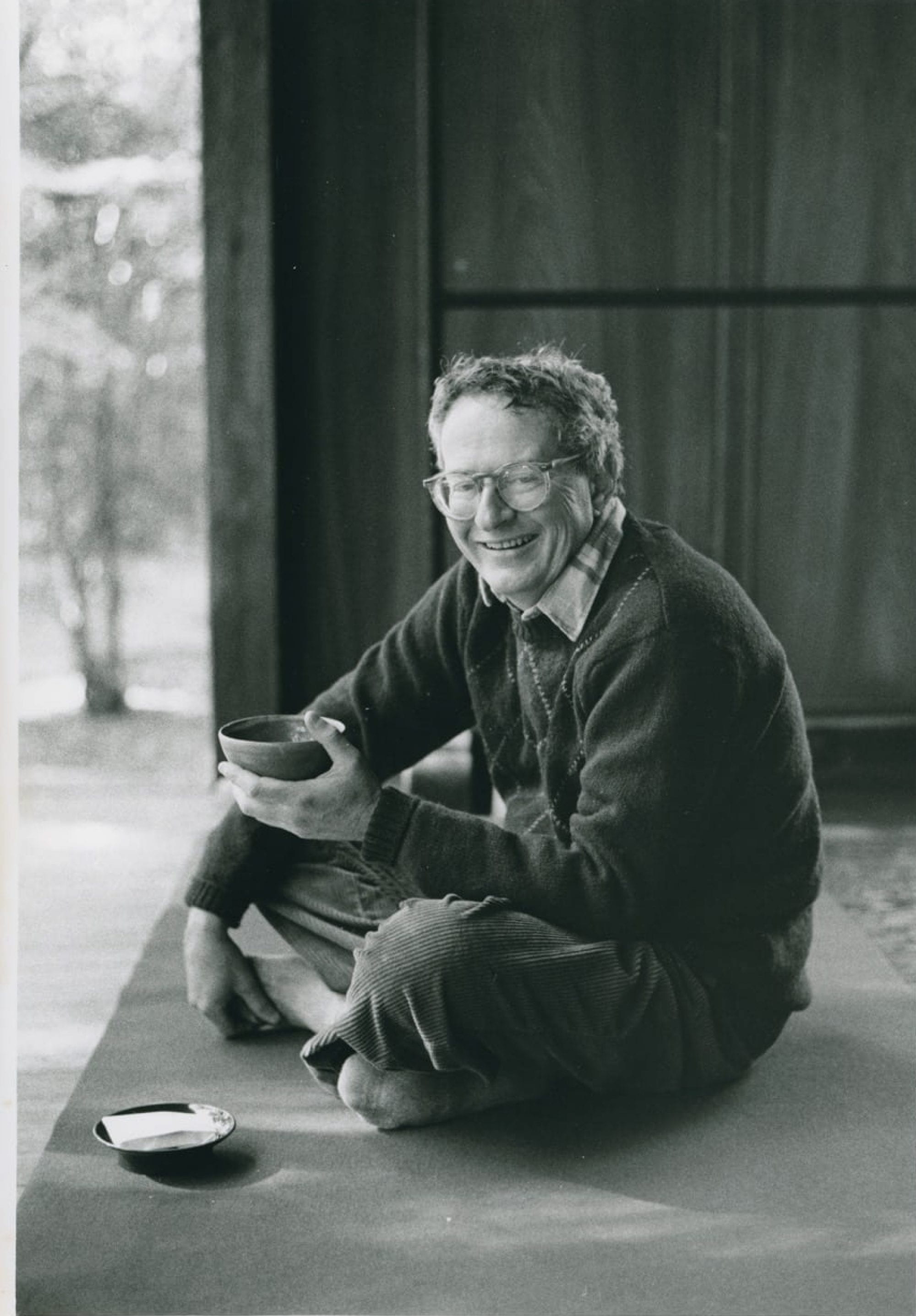Artist: Amano Genkai and Kaseya Sojun
Date: 1828
Medium: Woodblock print; ink and color on paper; paper covers
Publisher: Unspecified
Gift of Arthur Tress, Tress Box 1, item 6, https://franklin.library.upenn.edu/catalog/FRANKLIN_9977502582903681
See digital images
This oblong book features exquisite, subtly-colored views of Mt. Fuji through seasonal changes of atmosphere by artist Amano Genkai. The book is bound in the technique of gajōso, or album binding, achieved by folding pieces of paper in two and attaching them with paste applied at the opposite end of the outer edges. This type of album is called sasshibon and while its pages turn conventionally, the page-folds gently fan open like an accordion, giving dimension and depth to this slender book.
Genkai’s representations of the mountain are accompanied by poetic inscriptions in Chinese. In each of the 17 views, the snow line of Fuji varies with the season, or is partially obscured by a kasagumo, a “bamboo hat cloud,” that caps Fuji’s peak. The whiteness of the snow and clouds are achieved by preserving the original tone of the paper, their lack of coloring set in contrast to the delicate wash of ink and color printed over the rest of the scene. The painterly quality of this book challenges the classification of print as a lower form of artistry and reflects the technical innovations of block printing that successfully emulate the naturalism and subtlety previously only achieved by painters. Jack Hillier writes about “the Cult of Fuji” and the ways in which this “Peerless mountain” held and continues to hold the attention of writers, artists, and craftsmen. In Fuyō kikan, the immensity of Fuji’s symbolic and physical presence in Japan is unexpectedly rendered through understated lines and soft coloring. The hushed tones of Genkai’s portrayal capture the breathless awe and silent contemplation of all those who stand before the mountain.
Other Known copies: The Metropolitan Museum of Art, The Pulverer Collection in the Freer Gallery of Art, National Institute of Japanese Literature, Tsukuba University Library, The Tokyo University of Fine Art, Naitō Museum of Pharmaceutical Science and Industry
Selected Reading
Hillier, Jack. The Art of the Japanese Book. New York: Sotheby’s Publications, 1987, pp. 872-83.
Posted by Ann Ho, Fall semester, 2019


